The aquiline nose, also called a Roman nose, features a high, curved bridge that gives it a distinctive profile reminiscent of an eagle’s beak. This nasal shape can vary widely, with some individuals having subtle curves while others have more pronounced arches. Understanding the variations and characteristics of the aquiline nose is essential for both medical and cosmetic considerations especially for those looking for Nose Job in UK or Rhinoplasty in US.
Anatomy of the Aquiline Nose
Let’s jump into anatomy of your nose type first so that you get to know why is it called Aquiline nose and how is it different from Button nose, Greek nose, and other nose types in females or men.
The anatomy of the Roman nose involves a complex structure of bones and cartilage. The nasal bones form the upper portion of the nose, contributing to the high bridge, while the cartilage shapes the lower portion. The prominent curve is primarily due to the structure of the nasal bones. These anatomical details is crucial, especially when your Cosmetic Surgeon or Plastic surgeon is planning surgical corrections.
Having no hair? You need this : Hair Transplant Benefits and Negatives
Genetics of the Aquiline Nose
Yes, Nose shapes are mostly recessive or dominant in genetic character. The shape of the aquiline nose is influenced by genetics, with hereditary traits passed down through generations. Research has shown that this nasal shape is more common in certain populations, suggesting an evolutionary adaptation. Studies on the genetic factors behind the roman nose can provide insights into human diversity and the inheritance of physical traits.
Aquiline Nose in Different Age Groups
The appearance and perception of the aquiline nose can vary across different age groups. In children, it may be a source of curiosity or teasing, while in adolescents and adults, it becomes a more defining feature of their identity. Understanding these age-related perspectives is important for providing age-appropriate care and support.
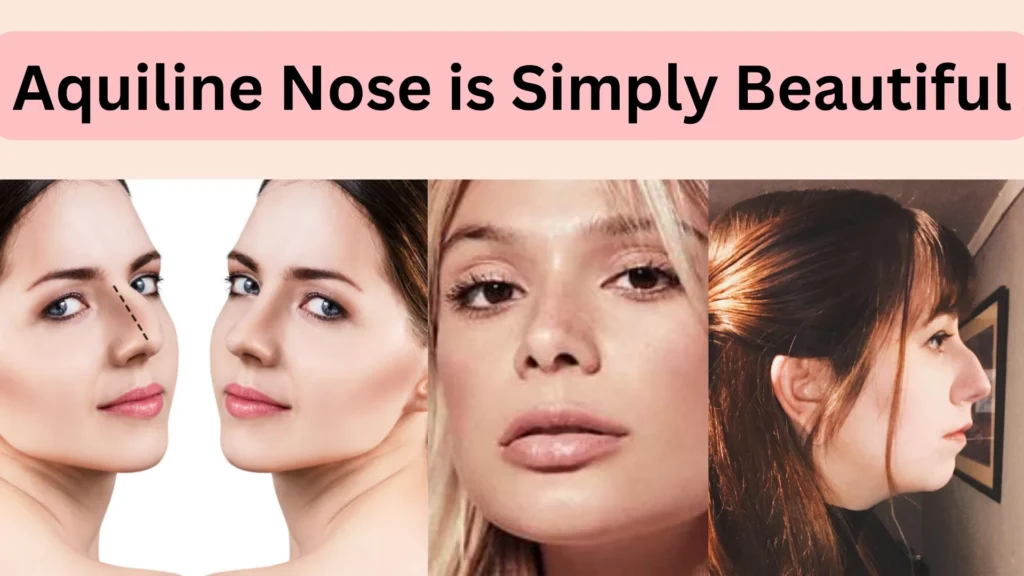
If You Have Aquiline Nose, Consider these Medical Problems
While often an aesthetic consideration, the aquiline nose can have significant medical implications, particularly related to respiratory health. The pronounced curvature of the nasal bridge can sometimes lead to structural abnormalities within the nasal cavity. These abnormalities may include deviated septum, nasal valve collapse, or hypertrophy of the turbinates, all of which can contribute to nasal obstruction and impaired airflow.
Suffering from Eczema or Itching on Face?, Read this: Treatment of Eczema on face
Nasal Obstruction and Breathing Difficulties
One of the primary medical concerns associated with an aquiline nose is nasal obstruction. The curvature and prominence of the nasal bones can narrow the nasal passages, making it difficult for air to flow freely. This can result in chronic nasal congestion, mouth breathing, and even sleep disturbances such as snoring or obstructive sleep apnea (OSA).
Deviated Septum
A deviated septum, where the nasal septum (the cartilage and bone dividing the nasal cavity) is displaced to one side, is a common issue that can be exacerbated by the structural features of an aquiline nose. This deviation can block one or both nostrils, reducing airflow and causing difficulty breathing. It can also lead to frequent sinus infections due to impaired drainage of the sinuses.
Nasal Valve Collapse
The nasal valve, located at the narrowest part of the nasal airway, plays a crucial role in regulating airflow. In individuals with an aquiline nose, the external nasal structure may cause the internal nasal valve to collapse during inspiration, leading to significant airflow restriction. This condition can be particularly problematic during physical exertion or while sleeping.
Anti-Aging? Read this: Top 10 Benefits of Face lift
Turbinates Hypertrophy
Turbinates are bony structures covered by soft tissue within the nasal cavity that help humidify and filter the air we breathe. In some cases, individuals with an aquiline nose may experience hypertrophy (enlargement) of the turbinates due to chronic nasal obstruction. This further restricts airflow and can contribute to symptoms such as chronic nasal congestion, facial pain, and pressure.
Nose Correction Treatment Options
Understanding these potential health concerns and providing appropriate care and preventive measures are essential for improving the quality of life for individuals with an aquiline nose.
Pre-Surgical Considerations
Before undergoing any surgical procedure, a thorough consultation with a qualified surgeon is essential. This consultation helps set realistic expectations, allows for detailed planning, and ensures that the patient’s goals align with what is surgically achievable. Pre-surgical considerations also include medical evaluations and discussions about the potential risks and benefits.
Related Article: Pain After Root Canal Treatment
Surgical Correction- Rhinoplasty for Aquiline Nose
Rhinoplasty, commonly known as a nose job, is a surgical procedure aimed at reshaping the nose for aesthetic or functional purposes. For those with an aquiline nose, rhinoplasty involves reducing the prominence of the nasal bridge, correcting the curvature, and addressing any associated breathing issues. Various techniques, such as open or closed rhinoplasty, are employed depending on the specific needs of the patient.
Non-Surgical Treatments
Non-surgical options, such as dermal fillers, can provide temporary adjustments to the shape of the nose without invasive surgery. These treatments can smooth out the nasal bridge and subtly alter the nose’s appearance. While non-surgical methods are less permanent, they offer a viable option for individuals seeking minor adjustments with minimal downtime.
Stubborn Acne Scars are difficult to get rid of, yet possible. How? Read this: best treatment options for old acne scars
Post-Surgical Care
Proper post-surgical care is crucial for achieving optimal results and ensuring a smooth recovery. This includes following the surgeon’s aftercare instructions, attending follow-up appointments, and monitoring for any signs of complications. Long-term results depend on adhering to these guidelines and maintaining overall nasal health.
Choosing the Right Surgeon
Selecting a skilled and experienced surgeon is one of the most important steps in the surgical correction process. Patients should look for board-certified surgeons with a track record of successful procedures and positive patient reviews. A thorough evaluation of the surgeon’s qualifications and experience can significantly impact the outcome of the surgery.
Psychological Impact of Aquiline Nose
The psychological impact of having an aquiline nose varies widely among individuals. For some, it is a source of pride and unique identity, while others may feel self-conscious or face social challenges. Addressing these psychological aspects involves fostering a positive self-image and providing support through counseling or community resources.
Cost of Surgical Corrections
The cost of surgical corrections for an aquiline nose can vary based on several factors, including the surgeon’s experience, geographic location, and the complexity of the procedure. Patients should be aware of the potential costs and explore options for insurance coverage or financing plans to manage expenses effectively.
The aquiline nose, while often celebrated for its distinctive aesthetic, can also present various medical challenges, particularly concerning respiratory health. Understanding the anatomy, genetics, and potential health implications is crucial for those affected by this unique nasal shape. With advancements in both surgical and non-surgical treatments, individuals have more options than ever to address both functional and cosmetic concerns. Comprehensive care, including pre-surgical planning, post-surgical care, and preventive measures, ensures optimal outcomes. By selecting a qualified surgeon and considering all aspects of their nasal health, individuals can achieve both improved function and enhanced confidence in their appearance.
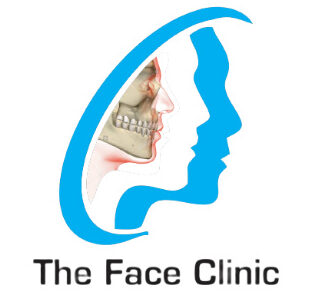
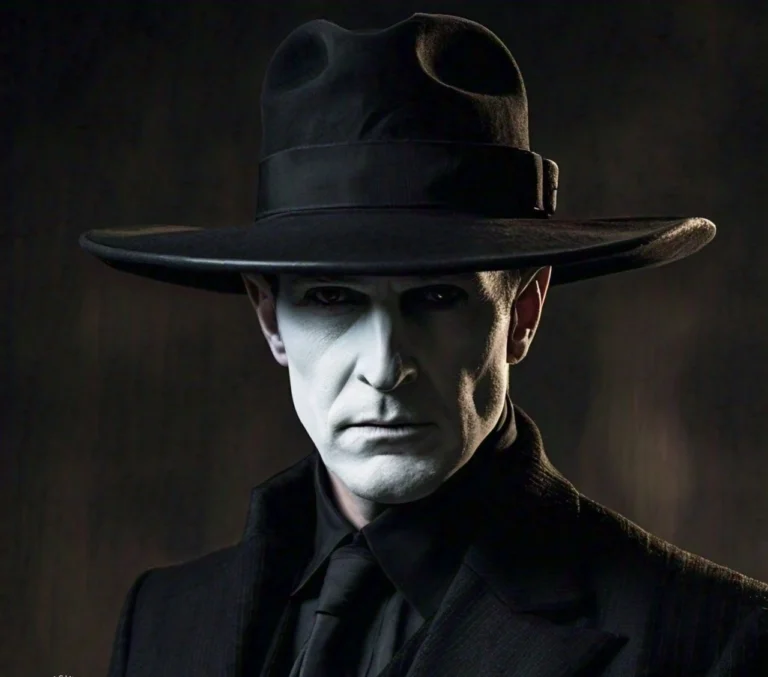

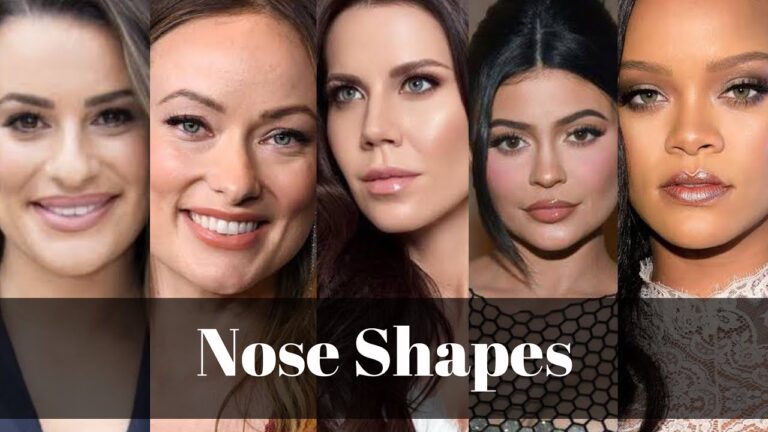

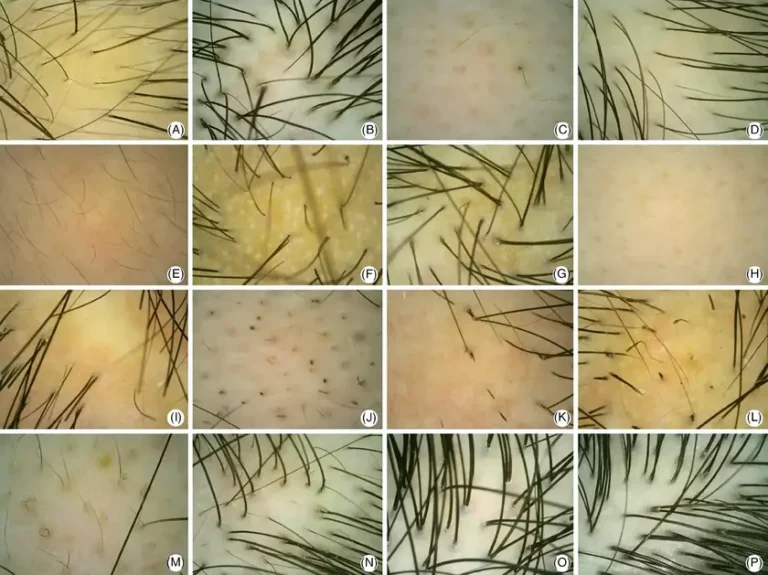
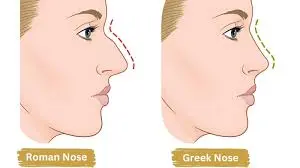
One Comment
Comments are closed.